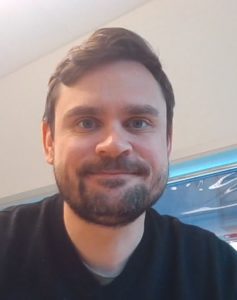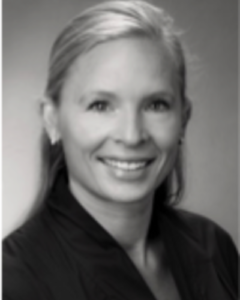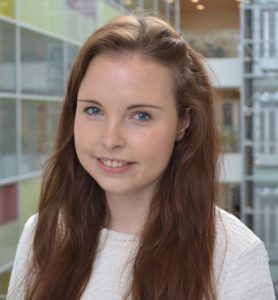Hello dear colleagues at Clinical Science,
My name is Svein Joar Auglænd Johnsen, and I specialize in internal medicine and rheumatology. Currently, I work at Department K2 as the coordinator for medical disciplines in Vestlandslegen, with my workplace located in Stavanger.
In my current role as the coordinator for medical disciplines in Vestlandslegen, I collaborate closely with the coordinator for surgical disciplines and the instructors within specific sub-specialties. Together, we have developed a proposal for a new study program for the 4th to 6th years, aiming to integrate medical and surgical disciplines as effectively as possible. This involves teaching both gastroenterology and gastro-surgery in the same week, along with interdisciplinary instruction on specific topics such as surgery for inflammatory bowel disease.
This fall, we conducted an introductory week and teaching program for a pilot group of students for the first time. This was based on existing instruction at UiB and in collaboration with responsible instructors in various fields. Now, we are facing the evaluation and improvement of this program, while also preparing to welcome a larger group of students next fall.
What makes my position inspiring is the groundbreaking work in regional medical education. This concept is novel both in Norway and comparable neighboring countries. The collaboration between Stavanger University Hospital and UiB has the potential to increase the capacity for medical education in Norway. Working in a team with experienced professionals across disciplines towards this goal is inspiring. It is also an honor to be involved in the education of ambitious medical students, with the hope that they will become colleagues and successors over time.
My goal is to contribute to the University of Bergen, in collaboration with Vestlandslegen, educating competent doctors well-prepared for the challenges they will face as LIS-1. I hope that my dedication will result in the successful completion of students’ education and that they find a specialization they enjoy. Furthermore, I hope to be part of building a campus that delivers high-quality education, research, and innovation. Collaboration across disciplines will also lay the foundation for new and exciting projects. I have several projects of my own in the planning stage, and I hope they will start soon, while I look forward to developing into a professorially competent individual.







 I work as an associate professor at the Influenza Center, K2. In addition to teaching medicine and master students, we research colleagues and patients admitted to the hospital. We research the immune system and on immunological responses after both vaccination and infection with influenza viruses. We work with many different influenza viruses and have participated in various clinical trials with influenza vaccines on adults, children and health workers. The goal is to be able to contribute to knowledge in immunology in order to create better vaccines in the future. The long-term goal is a universal flu vaccine, a “one shot fix all.” But it’s probably even far ahead. My career at the influenza center started 10 years ago, during the swine flu pandemic in 2009. Then we collected samples from hospitalized patients in the infection ward to try to understand why some people get so much sicker than others. Now we’re researching the coronavirus, and that’s the second pandemic I’m allowed to be a part of. We are studying immunological responses in both staff and patients to see if we develop immunity to the new virus. Researching a viral pandemic is very exciting, demanding and unpredictable. Everything has to happen fast and it requires a lot of teamwork. Here at the Influenza Center we have a fantastic team. We have a widespread international cooperation, and it has provided many exciting discussions and new perspectives. Combining the position at K2 with clinical work as a doctor at the hospital is the perfect combination for me, and I love it.
I work as an associate professor at the Influenza Center, K2. In addition to teaching medicine and master students, we research colleagues and patients admitted to the hospital. We research the immune system and on immunological responses after both vaccination and infection with influenza viruses. We work with many different influenza viruses and have participated in various clinical trials with influenza vaccines on adults, children and health workers. The goal is to be able to contribute to knowledge in immunology in order to create better vaccines in the future. The long-term goal is a universal flu vaccine, a “one shot fix all.” But it’s probably even far ahead. My career at the influenza center started 10 years ago, during the swine flu pandemic in 2009. Then we collected samples from hospitalized patients in the infection ward to try to understand why some people get so much sicker than others. Now we’re researching the coronavirus, and that’s the second pandemic I’m allowed to be a part of. We are studying immunological responses in both staff and patients to see if we develop immunity to the new virus. Researching a viral pandemic is very exciting, demanding and unpredictable. Everything has to happen fast and it requires a lot of teamwork. Here at the Influenza Center we have a fantastic team. We have a widespread international cooperation, and it has provided many exciting discussions and new perspectives. Combining the position at K2 with clinical work as a doctor at the hospital is the perfect combination for me, and I love it.



 Can you tell us something about your daily tasks and work in general?
Can you tell us something about your daily tasks and work in general?



